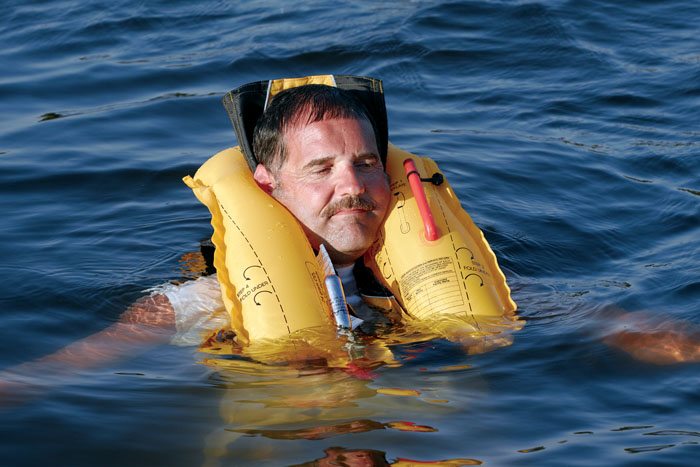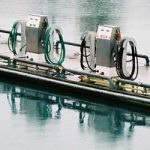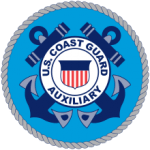For eons, people knew what time it was by looking at the shadow cast by a sundial. Sure, the sundial had its disadvantages. You couldn’t wear it easily on your wrist, and on cloudy days, you had to guess at the time by how hungry or drowsy you were. But it was fairly reliable, and certainly difficult to break or wear out.
Then somebody in Switzerland, where the Alps and ski chalets often blocked the sun from the sundial, invented a wristwatch. It was small, portable and just about as reliable as the sun. It too had some disadvantages, however. It needed to be wound occasionally, cleaned every few years and, if a horse stepped on it, it would break. And unlike the sundial, if given enough time, it would simply wear out.
What does this have to do with PFDs?
It’s been nearly a year since the Coast Guard approved certain manufacturers’ automatic inflatable life vests. Like the Swiss watch, the automatic inflatable life vest represents a sort of paradigm shift…a giant leap forward. What remains to be seen is how soon and at what rate will the sundials of boating safety, the traditional forever-buoyant life jackets, give way to the trendy new PFDs.
Although a few problems had surfaced with automatic inflatables prior to the Coast Guard approvals (one manufacturer’s cylinders wouldn’t perforate with another manufacturer’s perforating mechanism, for example), it appears that most manufacturers have worked through those earlier difficulties. As a result, the newly approved manual/automatic inflatables soon may become the hottest new item in the boating safety arena.
The Coast Guard and most states require that a vessel carry at least one wearable CG-approved personal flotation device for each person on board. It has to be in good condition, it must fit the wearer properly, and it must be readily accessible. There are flotation devices on the market, both inflatable and inherently buoyant models, that are not CG-approved, and some of them work very well. But even though you may have these non-approved devices on board and may even choose to wear them, they do not count as meeting the federal or state regulations.
Inflatable PFDs aren’t all automatically inflating, just like all Swiss watches are not battery operated. In fact, there have been CG-approved manually inflatable life vests on the market for some years now. Those vests had to be equipped with a tube for inflating the vest with lungpower, and a manual “pull” cord inflation system. Pulling the cord moves a pointy lever, which punctures a CO2 cartridge, which inflates the PFD. The new automatic inflatables have three ways to inflate the vest. The vest can inflate automatically when the mechanism comes in contact with water, at which time a “tablet” separating the spring-loaded pointy lever quickly dissolves, and the lever punctures the cylinder. You also can pull a cord to inflate the PFD, or blow into the tube.
So far, the new inflatable PFDs are not approved for use by children, and come in adult sizes only. They aren’t suitable for use while participating in water sports or while riding personal watercraft, and it’s still recommended that non-swimmers utilize the traditional, inherently buoyant life jackets.
And finally, the self-actuating vests require a degree of TLC. You’ve got to test the mechanism periodically, check closely to make sure the air-tightness of the vest hasn’t been compromised by a hole or small tear, and make very sure that you never have a spent cylinder in the vest. The Swiss watch needs to be well tended, or just when you need it the most, it will let you down and you’ll lose the time. Of course, if your inflatable PFD doesn’t work when you need it, you could lose much more.
So if you’re ready to make the jump to the state-of-the-art, here are the things to consider.
1. If you want your inflatable PFD to be considered part of the equipment required by federal or state regulations, make certain that it has a label indicating that it’s Coast Guard approved.
2. Make sure your inflatable PFD comes packaged with instructions on the care and maintenance of your life vest. Read it, and follow it.
3. Will your use of the vest be worth the expense? Most automatic inflatable PFDs are more than $100. Will an inherently buoyant vest at less than half that cost serve your purposes just as well?
If you decide in favor of an inflatable, I know you’ll enjoy the freedom of movement and the lightness of this newest boating safety product. That is, of course, if you wear it. If you don’t wear it, you might as well tell the time with a sundial.








